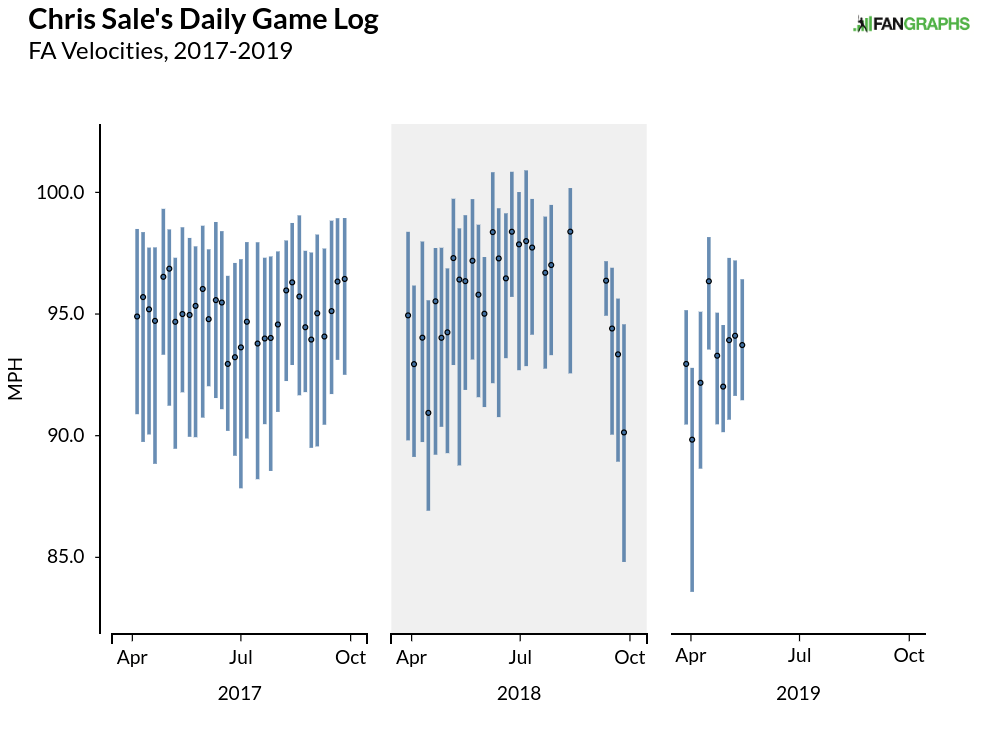Jay Jaffe FanGraphs Chat – 5/16/19
| 12:02 |
: Good afternoon and welcome to another edition of my (mostly) weekly FanGraphs chat. I’m going to take a couple minutes to let the queue fill up; in the meantime, here’s yesterday’s piece on Tommy La Stella, who made me look smart by homering again just hours after its publication https://blogs.fangraphs.com/tommy-la-stella-is-doing-mike-trout-like-t…
|
| 12:02 |
: And here’s about 30 minutes of me discussing baseball on the Wharton Moneyball podcast https://podcasts.apple.com/us/podcast/the-wharton-moneyball-post-game-…
|
| 12:03 |
: Do you think Jeter gets 100% like Mo?
|
| 12:06 |
: It *should* happen; lousy fielding metrics aside, there’s no defensible reason why a professional who has done his homework would neglect to include a player who ranks among the all-time top 10 in hits while playing a pivotal role on five championship teams and seven pennant winners, that while completing the feat of spending 20 years in the Big Apple spotlight without getting involved in any notable scandal.
|
| 12:07 |
: Will it happen? it’s entirely possible some asshole out there holds a grudge, and let’s face it, Jeter isn’t winning any friends in his current gig running the Marlins. But if I had to bet, I’d bet yes, he gets 100%
|
| 12:07 |
: Can you explain to me why writers treat Steroid offenders differently? Like voters will hate Palmeiro and Sosa, but chose to completely ignore Ortiz’s failed test for example. Is it because of how they like the guy? His Career? I don’t understand
|
 Jay Jaffe
Jay Jaffe

